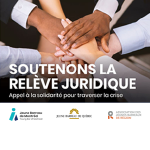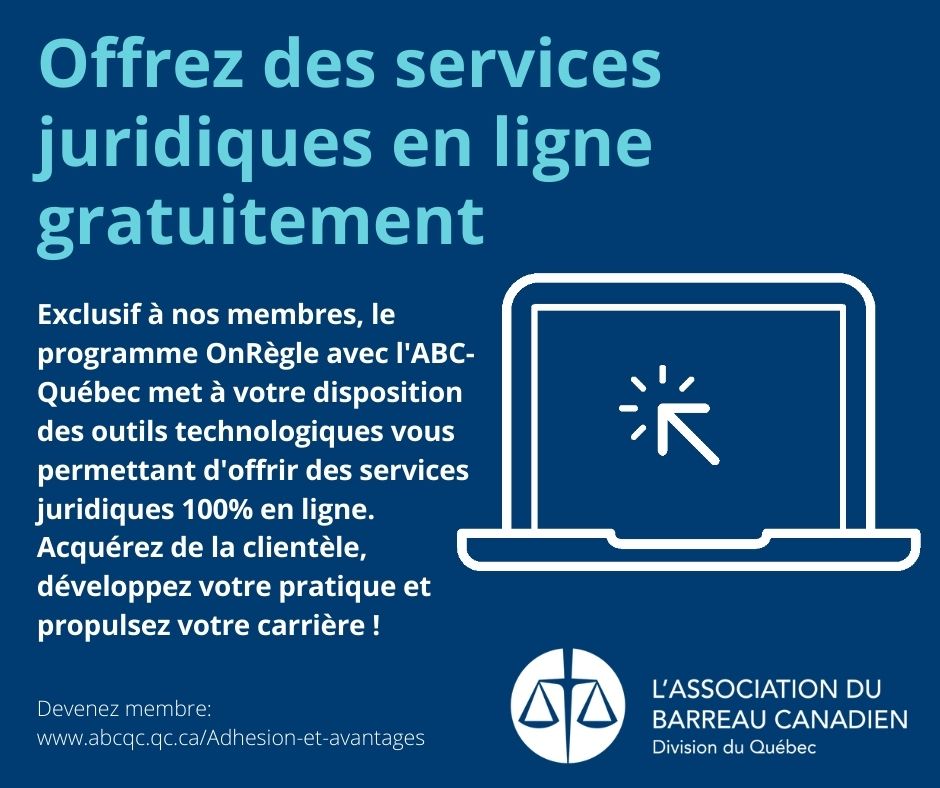Urgent briefing: the Return of the MAX Vindicates Pilots in Boeing Class Action
On 18 November 2020, Steve Dickson, Administrator of the FAA signed an order permitting US carriers to return the MAX -8 and -9 to service and, under the Chicago Convention, the US won’t be permitting non-US carriers to fly a MAX in US skies unless they comply with relevantly similar or better standards than those imposed today.
In 2019 PMJ PLLC working with IALPG PTY LTD launched a class action for MAX pilots who lost income and careers as a result of the lack of information provided by Boeing on the MAX’s systems, which led to its grounding. That case awaits a decision from an Illinois Federal District Judge on whether it should be dismissed: In re: Boeing 737 MAX Pilots Litigation 1:19-cv-05008
A review of the ungrounding order (rescission of the emergency order of prohibition, linked below) vindicates the pilots’ allegations that the aircraft design was deficient and that training was absent.
The FAA today prescribed Boeing to make changes to software and systems on the MAX, and Boeing must also amend its flight manuals.
Special training on the MAX has been prescribed including on the ground through computer based training (CBT) and in flight simulator exercises (Appendix 7, also linked below of the FSB Report).
A summary of the major 4 changes prescribed by the FAA is as follows:
1. Installing new flight control computer software.
This change is intended to prevent erroneous MCAS activation, among other safeguards.
2. Installing updated cockpit display system software to generate an AOA disagree alert.
This will alert the pilots that the airplane’s two AOA sensors are disagreeing by a certain amount indicating a potential AOA sensor failure.
3. Incorporating new and revised operating procedures into the Airplane Flight Manual.
This change is intended to ensure the flight crew has the means to recognize and respond to erroneous stabilizer movement and the effects of a potential AOA sensor failure.
4. Changing the routing of horizontal stabilizer trim wires.
This is intended to bring the airplane into full compliance with the FAA’s wire-separation safety standards.
In addition to these four design changes, the FAA also will require operators to conduct an AOA sensor system test and perform an operational readiness flight prior to returning each airplane to service.
The legal team for the pilots commented as follows:
Joseph Wheeler, Principal and Legal Practice Director of IALPG said:
« They’re back. Or rather, the MAX will be returning to service once some remaining hurdles are overcome. Before these planes can take to the air in the US or elsewhere, new pilot training must occur, vindicating the allegations of the absence of relevant training by 737 MAX pilots in their Illinois class action against Boeing on the losses this caused them (In re: Boeing 737 MAX Pilots Litigation 1:19-cv-05008). »
« The aircraft themselves, which have been gathering dust in a variety of locations worldwide, will also need key software and system modifications and restoration before they can be returned to service. »
Patrick Jones, Managing Partner of PMJ PLLC said:
« Boeing now cannot ignore the claims of pilots who always complained that their training and manuals were deficient ».
« The FAA has effectively mandated that aircraft manufacturers must not conceal systems from pilots and ensure pilots are well versed on how to address normal and failure states with those systems ».












